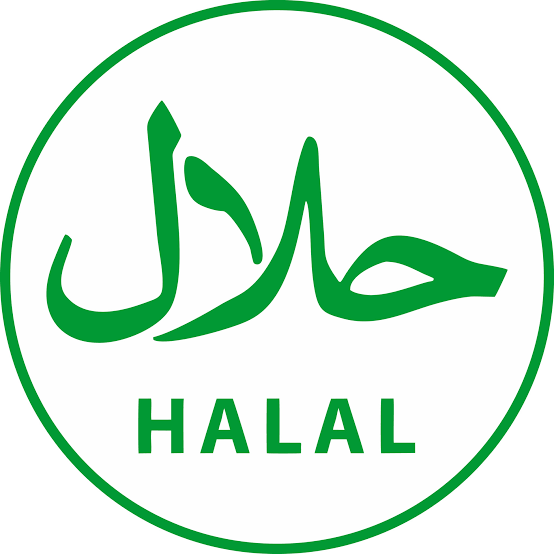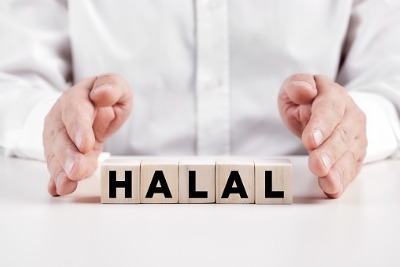
Halal Certification History 101
Halal certification has a varied and extensive background. Various communities, agencies and countries have developed their distinct methods to guarantee that food adheres to Islamic principles and cultural norms during production and processing, so sometimes it can get complicated. In this article we will share a general history that can give you insights on how it started and the common aspects of Halal certification background. The emergence of Halal certification can be attributed to the increasing demand from Halal consumers who seek assurance that the products they consume adhere to Halal standards.
Halal certification has its roots in the 1980s (and in some cases in the 1950s as in South Africa), a time when the exportation of processed food between countries became prevalent. With the emergence of global trade, food items originating from places such as America, Europe and China began to be distributed worldwide. Due to canned products being exported and some containing animal derivatives, it became essential to obtain Halal certification to cater to the needs of Halal consumers.
Halal certification bodies were established in countries, particularly those with large Muslim communities, to oversee the importation of food and ensure compliance with Halal standards.

North America's first ever Halal certification body, Islamic Services of America (ISA), was established in 1975. Although the company didn't start out as a certification body, it quickly evolved into one. Initially, ISA was created to serve various community functions, including the provision of educational materials, training, and family support. One of ISA's original key initiatives involved collaborating with local colleges and universities to facilitate and encourage successful studies of foreign Muslim students from Asia and Africa.
Dedicated volunteers within ISA warmly welcomed these students from abroad and assisted them in acclimating to the American lifestyle and cultural norms. The initiative maintained momentum and grew into what it is now, a pioneer Halal certification agency. Due to the increasing exportation of goods from the USA to emerging economies in North Africa, the Middle East, and Southeast Asia during the late 1970’s and early 1980’s, there grew a global demand for a USA based Halal verification and certification service program.
William “Bill” Aossey, the founder of ISA, was involved in exporting agricultural products from Iowa to Asian and African countries. As business people started requesting Halal certification for products to meet the consumption requirements in their countries, Aossey faced the challenge of finding a Halal certification body in America. In the absence of one, he decided to learn about the kosher certification process and adapted it to meet Halal requirements after consulting with Muslim scholars. This led to the establishment of ISA as the first Halal certification body in the USA.

In 1982 Malaysia became one of the pioneering centers for Halal certification. Despite its diverse population in terms of race and religion, Malaysia recognized the importance of establishing a certification body to meet the needs of its significant Halal consumer population.
A committee was formed by the Malaysian government, which consisted of representatives from various entities such as the Ministry of Health, Ministry of Trade and Consumer Affairs, Department of Veterinary Services, and scientists from universities offering food science/technology courses.
The Islamic Center, funded by the Malaysian government, served as the permanent Secretariat for this committee. Regular monitoring exercises were conducted by the committee to ensure compliance with Halal standards by food products and restaurants displaying Halal symbols. At that time, Indonesia also faced pressure to establish its own Halal certification body following the "Pig Fat Scare". With a population of over 200 million Halal consumers, there was skepticism towards processed food as it was believed that many products contained pig fat.
As a result, the Majlis Ulama Indonesia (MUI) established the Assessment Institute for Foods, Drugs, and Cosmetics, a regulatory body tasked with ensuring Halal compliance. This institute comprised a council of religious scholars who were responsible for examining and assessing food products in Indonesia. Through their efforts, the skepticism among Halal consumers was effectively addressed.

Similar regulatory bodies were established around the globe to meet Halal needs at the time. They include: Australian Federation of Islamic Council (AFIC), Federation of Islamic Associations of New Zealand (FIANZ), Islamic Religious Council of Singapore (MUIS), Central Islamic Committee Of Thailand (CICOT) and many others.
Overall, the history of Halal certification showcases the efforts made by various countries, pioneering individuals and organizations to meet the needs of Halal consumers and ensure the compliance of food products with Halal standards. These certification bodies play a crucial role in guaranteeing the integrity of Halal products and promoting consumer confidence in the global Halal market.
Islamic Services of America (ISA) is a leading USA based Halal certification and auditing organization serving companies, the community, and the Halal industry for nearly 50 years. Contact ISA at isa@isahalal.com or visit the ISA website for more information at https://www.isahalal.com/
picture credit: www.istock.com